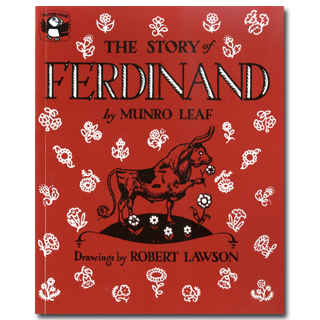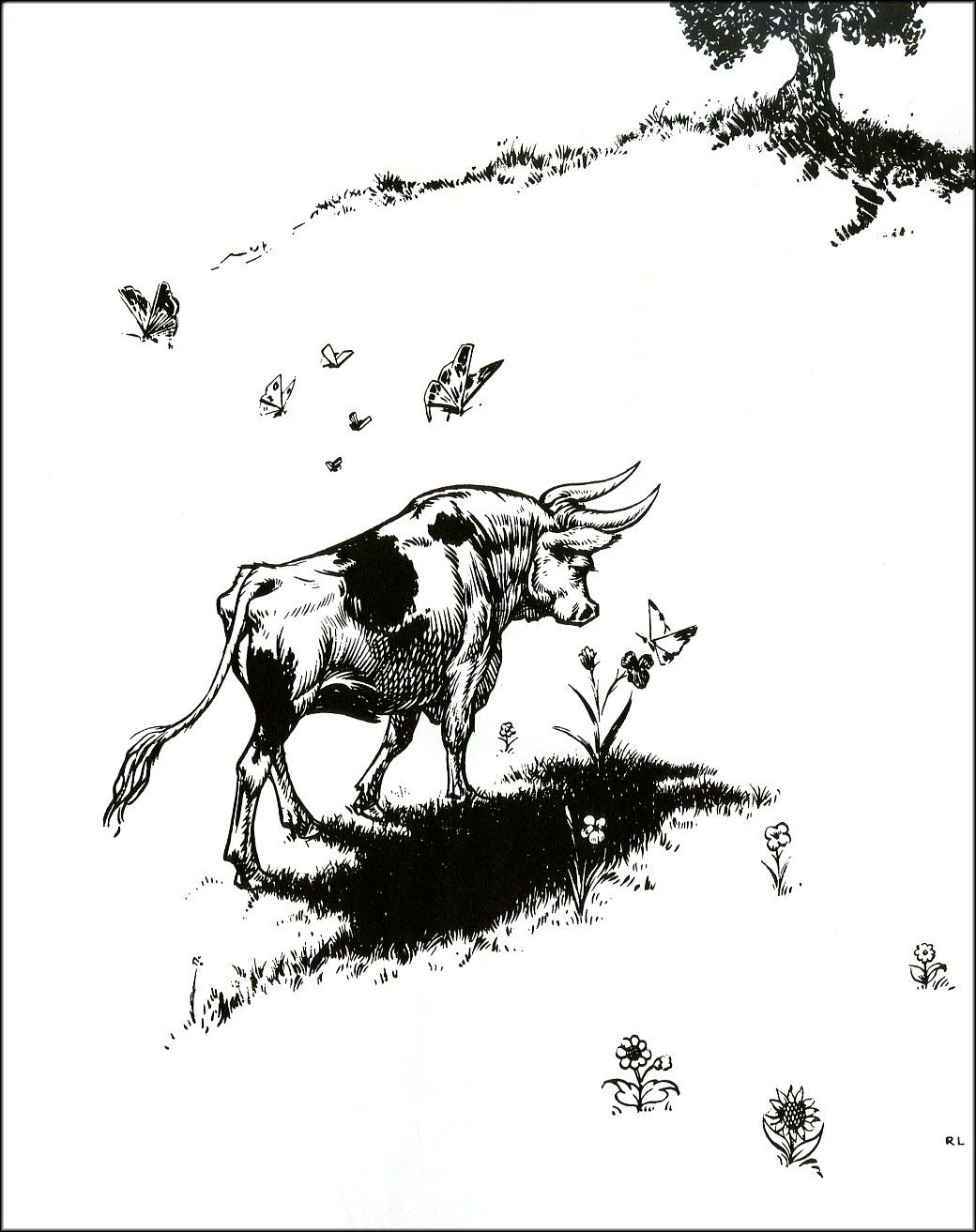
A FEW OTHER EVENTS FOR
JULY 18:
- Happy birthday Felicia Bond (If You Give a Mouse a Cookie) and Ai-Ling Louie (Yeh-Shen: A Cinderella Story From China).
- Itâs Mandela Day. Best birthday wishes to South African peacemaker Nelson Mandela. Read Nelson Mandela: âNo Easy Walk to Freedomâ by Barry Denenberg, Tree Shaker: The Story of Nelson Mandela by Bill Keller, and Peaceful Protest: The Life of Nelson Mandela by Yona Zeldis McDonough, illustrated by Malcah Zeldis.
- Adolf Hitler publishes the first volume of his manifesto, Mein Kampf, on this day in 1925. Read Hitler Youth: Growing up in Hitlerâs Shadow by Susan Campbell Bartoletti.
- In 1932, the United States and Canada sign a treaty to develop St. Lawrence Seaway. Read Paddle-to-the-Sea by Holling Clancy Holling.
- Itâs Global Hug Your Kids Day. Read Hug by Jez Alborough and Hug Time By Patrick McDonnell.
On July 18, 1936, General Francisco Franco led an uprising of army troops in North Africa against the elected government of Spain. So began the Spanish Civil War, sometimes called âthe first media warâ because foreign correspondents and writers became involvedâpeople like Ernest Hemingway and George Orwell. One would not expect this event to have much effect, at all, on American childrenâs books. By and large, childrenâs book publishing in the United States tends to be myopic, focusing inward rather than on world events.
However, timing is everythingâin publishing, then and now. And the Spanish Civil War looms large as the defining publicity event for one of our classic picture books, The Story of Ferdinand. This seventy-page saga, illustrated with black-and-white drawings, began as something of a lark. Munro Leaf felt that bunnies and kittens had been done to death in picture books, and he wanted a more memorable protagonistâso he chose a bull. Robert Lawson, who also lived in New York City at the time, delighted in incorporating visual puns and references into his art. For this Depression Era book, their publisher Viking printed around 1,500 copies. But everyone involved in this creation had some pretty shocking surprises in store.
Because of the Spanish Civil War, people began to look for political messages in this story about a Spanish bull. Some thought it was Fascist, some Socialist, and some Communist. It was banned in Spain and in Germany as degenerate propaganda. But many opinion makersâincluding Franklin and Eleanor Roosevelt, Thomas Mann, H. G. Wellsârose to the bookâs defense. When it comes to childrenâs books, any censorship attempt always sells a lot of books. As a society, we simply donât want anyone telling us what our children should or should not read. The next year, eighty thousand copies were sold, and The Story of Ferdinand became a staple on the bestseller list.
Censorship can get books started, but not keep books going. What has sustained The Story of Ferdinand over the years is the wonderful interplay between the Leafâs text and Robert Lawsonâs art. The book does have a messageâbut not one about the Spanish Civil War. Pete Wentz of the rock group Fall Out Boys recently wrote about The Story of Ferdinand: âThe book provides an amazing metaphor for how people can be. There’s something really honorable about following your own path and not doing what’s expected of you. When we recorded âFrom Under the Cork Tree,â we experimented with different sounds. …When we are ninety years old and on our deathbeds, it will matter to us that at least we took chances and followed our own path.â
Seventy-five years after Munroe Leaf wrote The Story of Ferdinand, young readers still respond to its gentle humor, its advocacy of taking oneâs own direction, and its happy ending. Just as Leaf and Lawson believed, the book tells the story of a bull that, in the end, was very happy.
Hereâs a page from The Story of Ferdinand:
All the other bulls ran around snorting and butting, leaping and jumping so the men would think that they were very very strong and fierce and pick them.
Ferdinand knew that they wouldn’t pick him and he didn’t care. So he went out to his favorite cork tree to sit down.
Originally posted July 18, 2011. Updated for 2024.














Opening this up today and seeing the cover of Ferdinand gave me chills (they’re still running through me) as I loved, loved, loved this book as a child. Thanks, not only for the history behind the book, but for the nostalgic warm fuzzies!
this is another book I discovered as an adult. I’m trying to remember what book I read recently where Ferdinand as a book was mentioned often in the plot.
It’s one of the books on my “A few books about Europe” list that I’ll be posting to my blog whenever I can get to the file. (Why I didn’t save it to Google Docs I’ll never know.)
What an amazing story about its censorship. When I saw your tweet, I thought, HOW WHAT WHY could anyone censor Ferdinand? Just shows what small minds can do in crazy times.
I loved this book as a child and had no idea at all about the controversies (of course). I saw it as a charming book about being who you are, and as an instinctive pacifist, found it very confirming. Thanks for reminding me about it!
Politics and animal cruelty aside, (I like more animals than I do people..) I really resonated with this book about choosing one’s own way, as well as leaving the pack when things just don’t seem right. I think I was a Ferdinand.
Each time I read this book, I smile and smile. There is something beautiful about it, that makes me feel really fine.
I’m always going to see him up on that hill, absorbing the scent of those flowers, nosing the butterflies, and just being happy.
inhale away Ferdinand. Inhale away.
Thank you Anita! A favorite with a solid message. I shared this with friends and family, who will be introduced to, and remember with fondness, dear Ferdinand.
This is my all-time favorite picture book. In fact, I knew I’d fall in love with my now boyfriend as soon as he said it was his favorite children’s book.
I never read this book, but now I want to. I loved the Disney movie when I was a child. Such gentle story.
Anita, thank you for telling us the rich and wonderful history of Ferdinand! I LOVED this book, too, as a child. I feel like Captain Kangaroo read it to me first…not 100% trusting my memory on that. Just recently, this was one of the 6 or so books I picked up for my cousin’s new baby and her little library.
Ferdinand was one of the first books I bought for my grandson Henry! It is one of the best books out there that helps kids know that they can be true to themselves. And I don’t like the color version. Anita, I did not know its history. As always, I’m so glad you share your knowledge with us. Thank you!
Your post is a bright spot of my day! Thanks for remembering (and reminding me of) Ferdinand.
Thanks everyone for the great posts on Ferdinand. I’m so happy to know that it still has this many enthusiastic fans.
My favorite children’s book of all time. Tiny book with a Huge message – follow your own path in life. Don’t allow people to force you to be or do anything that you are not. Growing up in a tough city school, I felt like Ferdinand, but I too refused to be bullyied into fighting for no reason.
This is one of the first books I ever chose without prompting or help to have read aloud to me at bedtime. My mom had this book baske in the room I shared with my sister and all our library books went in there. One night, she asked me what book I wanted, assuming I’d choose whatever was on top. Instead, I dug around for a while, pulling out books and putting them back, and suddenly grabbed “Ferdinand” and said, “I want the cow book, please!”
Our family knows the story well. Ferdinand’s taking time to sit and smell the flowers has become a metaphor for us — for taking time out to rest, relax, and regroup.
I read this book as a child and was happy to share it with my sons in the late 1980s/early 1990s. We would talk about the book’s message of being true to yourself and not always following the crowd. I wasn’t aware of the book’s history, our family just enjoyed it for the story of an independent bull!
I loved this book as a child, but I didn’t know about all the political discussion around it. I stared at those drawings for hours. Who would think a bull could be such a lovable character? Thanks for all the background!
Lovely piece about a wonderful book. Thanks.
I loved reading this book as a child, and really enjoyed learning about the politics that were involved. It’s amazing how timing can have such an effect on things.
Thanks for explaining how Ferdinand came to be. I had copy of this book as a child and have always loved it for portraying bulls as sympathetic creatures. I consider bull fighting one of the cruelest activities on the planet–both to bulls and horses.
Honestly I don’t remember reading this book as a child, but heard about it time and time again. I watched the movie The Blind Side (one of my favorites and very touching) and this book was a big part of the childrens connection with their youth and sent a large message in the movie. I of course read it after and fell in love with it. I can’t wait to add it to my school library this year!
One of my favorites. As a kid and as an adult, I loved the idea of being contrary to what was expected of you. A bull who didn’t want to fight. It’s an idea that still intrigues me as a writer. A vegetarian crocodile? A lazy bee? A sweet snake?
I was so happy to receive this book as a gift at my baby shower! I loved it as a child, but I’m sure I love it more now. What surprises me, honestly, is how much my 5-year-old enjoys it. A girl who loves the usual – princesses, flowers, and COLOR – also finds something magical about this story in black and white. She asks me to read it to her often, and I’m always thrilled to oblige. I hope she will always remember Ferdinand and have the courage to be herself.